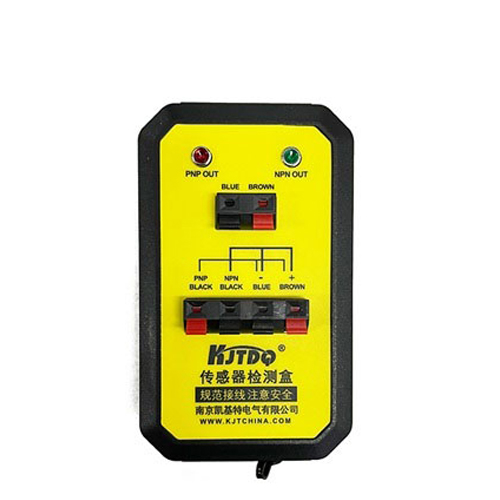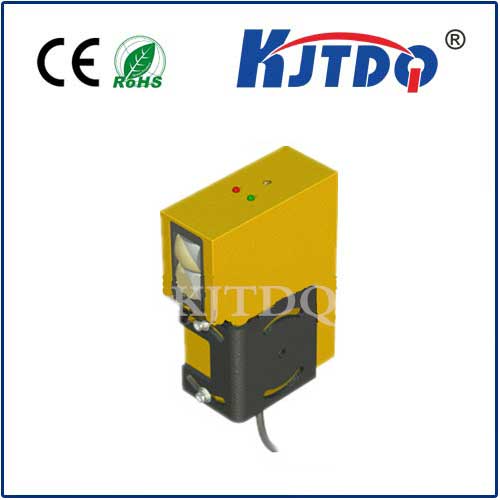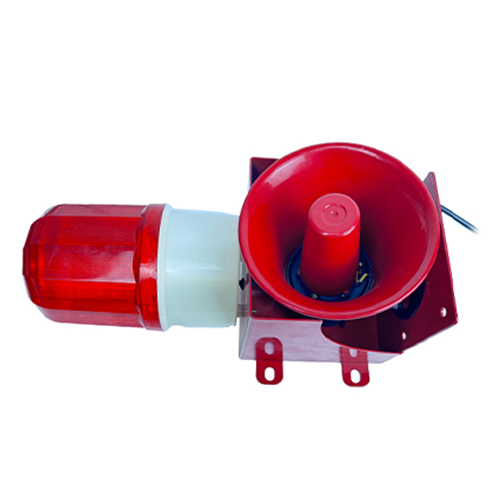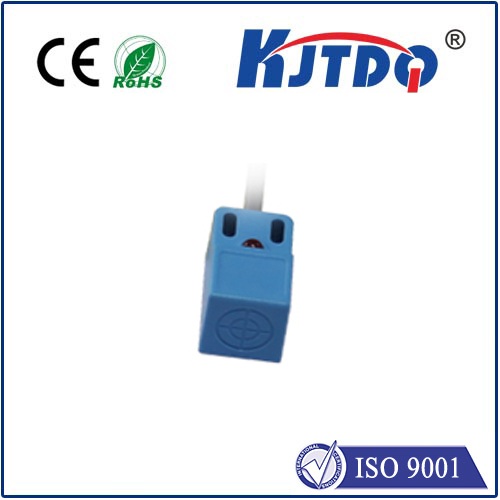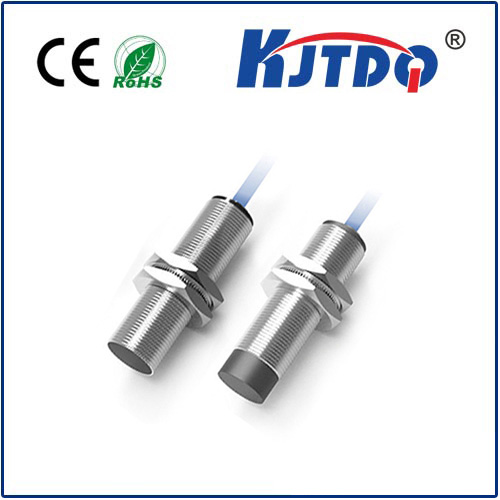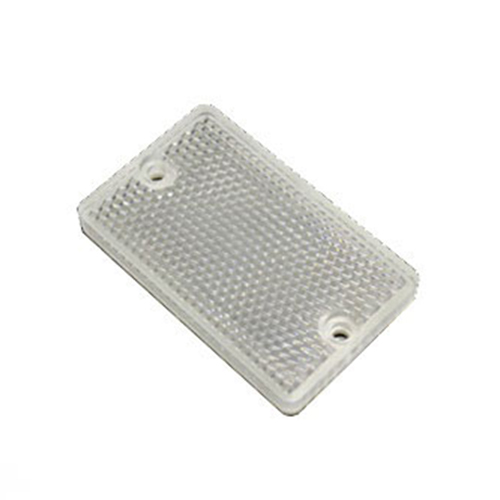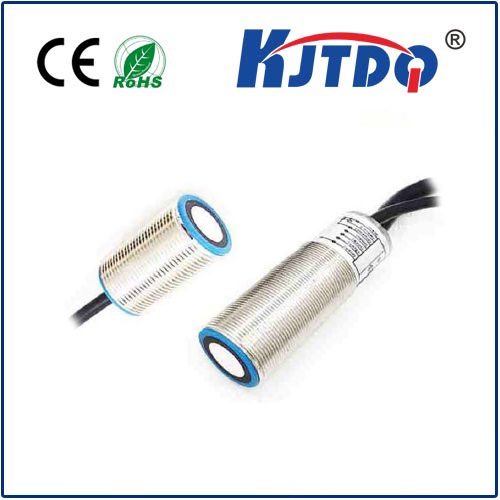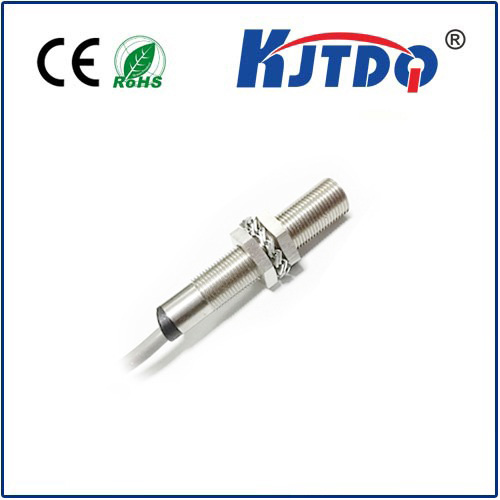photoelectric type
- time:2025-07-24 03:34:23
- Нажмите:0
Unlocking the Power of Light: Demystifying Photoelectric Sensing Technology
Ever wonder how supermarket doors slide open magically as you approach? Or how complex manufacturing lines detect and count products with lightning speed? The silent hero behind countless automated interactions is often photoelectric sensing, a fundamental technology harnessing light’s unique properties. This article delves into the essence of photoelectric type sensors, exploring how they work, their diverse forms, and the invisible yet indispensable role they play in our modern world.
The Core Principle: When Light Becomes Action
At the heart of photoelectric type technology lies a scientific cornerstone: the photoelectric effect. This phenomenon, fundamentally explained by Einstein, describes how certain materials emit electrons when struck by photons of light. Modern Фотоэлектрический датчик cleverly leverage related principles. They don’t typically generate electricity like solar panels (a photovoltaic application), but instead detectВот.presence or absence of light to trigger an electrical signal.
Imagine it as a sophisticated light switch. The sensor projects a beam of light – usually visible red, infrared, or occasionally laser. Opposite this emitter sits a receiver, primed to detect this specific light beam. If the beam remains uninterrupted, the receiver senses the light steadily. However, when an object passes through the beam, it interrupts the light path. This interruption is the critical event. The receiver instantly notes the absence of light where it expected it, converting this physical change into an electrical output signal. This signal can then command various actions: stop a conveyor belt, increment a counter, open a door, or sound an alarm.

The Main Contenders: Types of Photoelectric Sensors
Not all sensing applications are created equal. This is why photoelectric type sensors come in several distinct configurations, each optimized for specific challenges:
- Through-Beam (Opposed Mode): This is the heavyweight champion for long-range detection and reliability. Here, the emitter and receiver are housed in two separate units, facing each other directly. The object to be detected breaks the beam traveling between them. Advantages are significant: extended sensing distances (sometimes tens of meters), high immunity to object color, texture, or reflectivity, and excellent stability. The main drawback? Installation complexity – requiring precise alignment of two separate units on opposite sides of the application.
- Retroreflective (Reflex Mode): Offering a balance between performance and ease of use, these sensors combine the emitter and receiver into one convenient housing. They project a beam towards a special retroreflective target (like a corner-cube prism or specific reflective tape) that reflects the light directly back to the receiver. An object blocking the beam path prevents this reflection, triggering the output. Installation is simpler than through-beam (only one device to mount and wire), and sensing distances are still respectable. However, shiny or highly reflective objects near the beam path can sometimes cause false triggers by bouncing light back unpredictably.
- Diffuse (Proximity Mode): This is the “go-it-alone” photoelectric type. The emitter and receiver are co-located, but instead of relying on a separate reflector, they detect light reflected diffusely off the target object itself. The sensor emits light, and the receiver looks for a portion bouncing back. Installation is simplest, requiring only one point of mounting. They excel where adding a separate reflector or emitter unit isn’t feasible. However, sensing distance is generally shorter than through-beam or retro-reflective modes. Performance is also highly dependent on the target’s properties: color (darker absorbs more light, harder to detect), material, texture, and even surface angle significantly impact reliability. Background suppression variants mitigate some reflectivity issues by focusing detection within a specific range.
- Specialized Variants: Beyond these core types, specialized Фотоэлектрический датчик exist:
- Fork Sensors: Offer precise, gap-free detection for small objects by integrating the emitter and receiver into opposing “prongs” of a U-shaped housing.
- Background Suppression (BGS) & Foreground Suppression (FGS): Advanced diffuse sensors use optical triangulation to detect objects only within a precise distance zone, ignoring the background or foreground. Crucial for detecting objects against similarly colored backgrounds.
- Color Sensors: Detect specific colors by analyzing the wavelength of reflected light.
- Luminescence Sensors: Detect materials that glow under specific light excitation.
Why Light Wins: The Advantages of Photoelectric Sensing
Photoelectric sensors dominate countless applications for compelling reasons:
- Non-Contact Detection: They don’t need to physically touch the object. This prevents damage to both the sensor and delicate targets, and allows detection of very small or fragile items.
- High Speed: The speed of light translates to incredibly fast response times, making them ideal for rapidly moving objects on high-speed production lines.
- Long Range: Especially through-beam variants can detect objects over impressive distances unreachable by many other sensor types.
- Многогранность: With various types available, photoelectric sensors handle diverse object shapes, sizes, materials (though diffuse sensors have limitations), and challenging environments (dust, non-metallic targets) where alternatives like inductive sensors fail.
- Reliability: When correctly selected and installed, especially through-beam and retro-reflective types, they offer extremely dependable operation with minimal false signals.
Light at Work: Ubiquitous Applications
Where will you find photoelectric type sensors silently laboring? Virtually everywhere automation exists:
- Промышленная автоматизация: Counting bottles on filling lines, detecting jammed parts on conveyors, precise positioning in assembly, checking label presence. Through-beam sensors are often used for critical long-range presence detection.
- Packaging: Verifying case flaps are closed, detecting missing items in boxes, controlling carton flow.
- Перевозка материалов: Controlling palletizing robots, detecting presence on elevators and conveyors, triggering sorting gates. Diffuse sensors often detect packages on belts.
- Access Control & Security: Activating automatic doors (diffuse or retro-reflective), perimeter beam alarms (through-beam), counting people.
- Consumer Electronics: Paper detection in printers, disk tray positioning in optical drives.
- Vehicles: Rain sensors for automatic wipers, reversing obstacle detection systems often utilize photoelectric principles.
- Food & Beverage: Detecting transparent bottles, verifying liquid levels in containers, checking cap presence.
From enabling the frictionless convenience of automatic doors to ensuring the precision and safety of high-speed manufacturing, photoelectric type sensors are a fundamental building block of modern automation. By harnessing the simple yet profound interaction between light and matter, these versatile devices translate the invisible into actionable intelligence, proving that sometimes, the most powerful solutions are brilliantly illuminated. Understanding the core principles and distinct types empowers engineers and technicians to select the perfect Фотоэлектрический датчик to make the invisible interaction drive tangible results.

